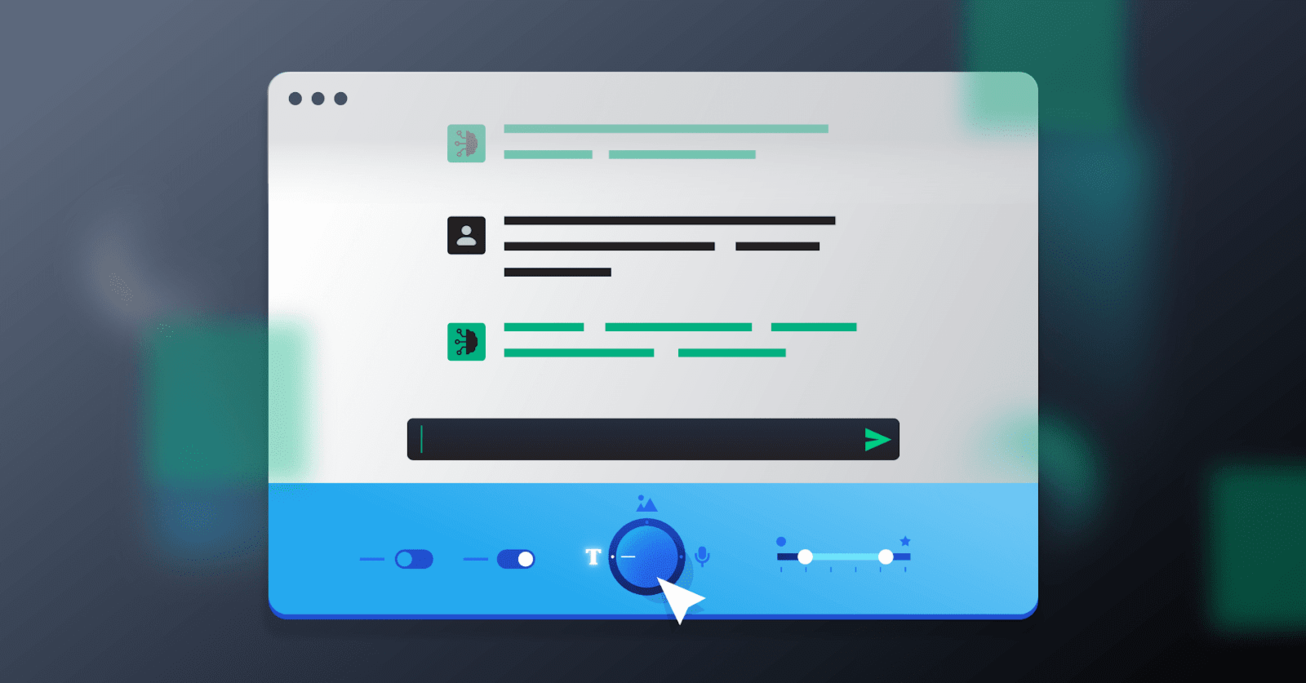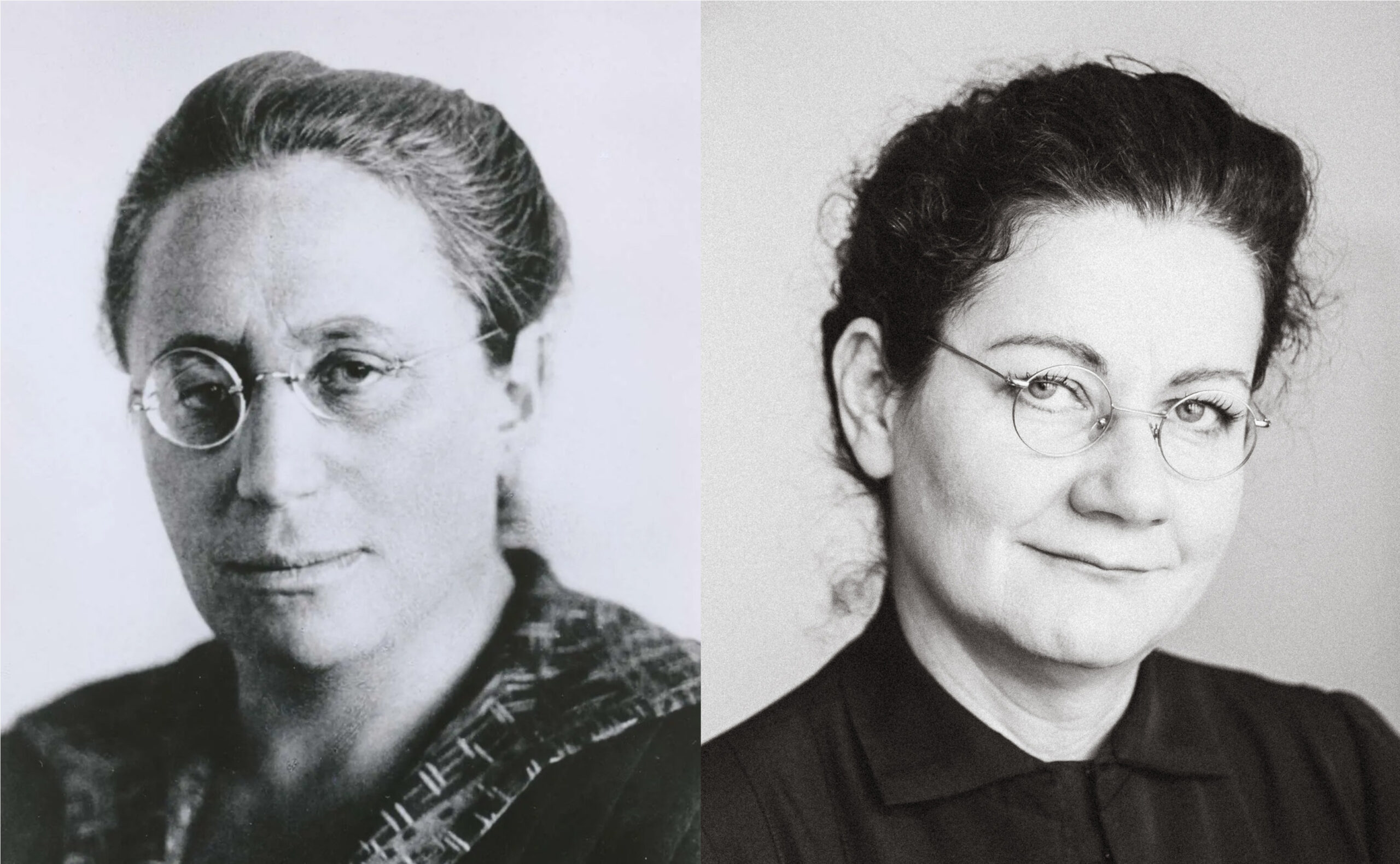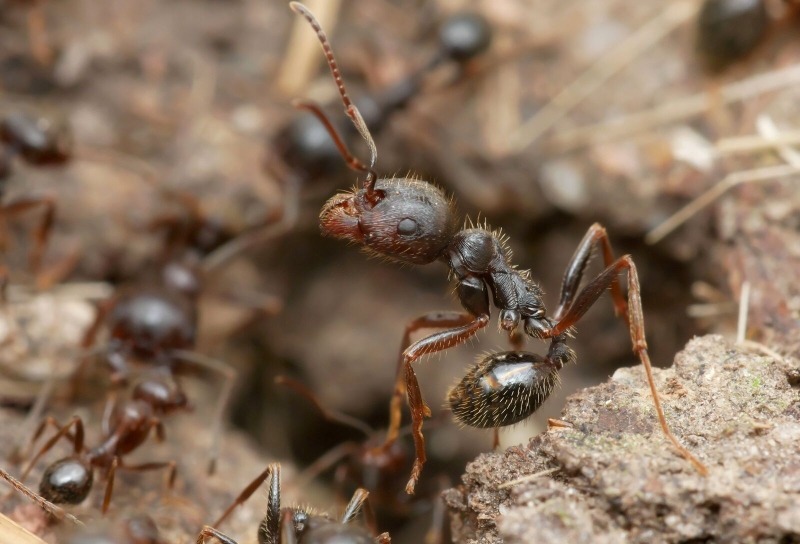The world of artificial intelligence is evolving rapidly, and Google has taken a significant step forward with the introduction of a new AI tool that allows users to generate content using images as prompts instead of traditional text-based commands. This development marks a notable shift in how people interact with AI systems, potentially transforming creative processes, digital communication, and visual storytelling.
For a long period, individuals have primarily relied on text-based prompts to interact with AI models. Whether it is producing visuals, crafting narratives, or composing songs, users have traditionally needed to communicate their concepts via written text. Google’s newest innovation alters this interaction by enabling images to become the initial step for AI-driven creation. This image-focused method unveils fresh opportunities for those who might find visual expression simpler or more intuitive compared to using words.
At the heart of this innovation is Google’s growing investment in multimodal artificial intelligence—AI systems capable of understanding and processing multiple forms of input simultaneously, such as text, images, and even audio. By enabling image-based prompts, Google is leveraging the increasing power of machine learning models that can analyze visual information with remarkable accuracy, generating new content that reflects the style, mood, or subject of the original image.
This technology has the potential to reshape how artists, designers, marketers, and everyday users approach creative projects. For instance, instead of describing a scene in words to an AI image generator, a user could upload a photograph or artwork as inspiration, and the AI would produce new visuals that align with or expand upon the original concept. This could be particularly valuable for those working in visual arts, advertising, or entertainment, where the ability to iterate quickly on visual ideas is essential.
The benefits of using images as prompts extend beyond creativity alone. This technology could also enhance accessibility by enabling people who struggle with written communication—due to language barriers, literacy challenges, or cognitive differences—to engage with AI systems more easily. By allowing users to communicate visually, the tool democratizes access to powerful AI capabilities.
Moreover, the tool has implications for education and learning. Teachers and students could use image-based prompts to explore historical art styles, create educational visuals, or experiment with design concepts. In the fields of architecture, fashion, and product design, professionals could generate AI-assisted prototypes by feeding visual concepts into the system, saving time and inspiring new ideas.
While the potential applications are vast, the introduction of this technology also raises important ethical and practical questions. As AI-generated content becomes easier to produce, concerns about originality, authorship, and intellectual property continue to surface. If users can input an image and generate derivative content with minimal effort, where does the line fall between inspiration and imitation? This is particularly sensitive in creative industries, where the authenticity of original works carries significant cultural and financial value.
Google has indicated that safeguards are in place to prevent misuse of the tool, including content filters, source tracing, and transparency mechanisms that disclose when content has been AI-generated. However, as with any emerging technology, the balance between innovation and responsibility will require ongoing monitoring and adaptation.
Another significant factor is the effect on the environment caused by AI systems. The computational power needed to operate advanced AI models, particularly those managing both text and visuals, is considerable. As the demand for AI tools increases, there is also a rising necessity for energy-saving computation and conscientious technology progress. Google has recognized these issues and has pledged to reduce the environmental impact of its AI infrastructure, yet this concern continues to be a vital element in the larger discussion about AI.
For users curious about how this tool works, the process is designed to be user-friendly. A person uploads an image—this could be anything from a hand-drawn sketch to a photograph or digital artwork. The AI system then analyzes the visual elements, such as color schemes, composition, shapes, and textures, and uses this data to generate new images or modify existing ones. The user can guide the AI by adding optional text descriptions or keywords, but the primary prompt remains visual.
Este modelo mixto, que permite la colaboración entre imágenes y texto, podría ofrecer los resultados más flexibles. Por ejemplo, un diseñador de moda podría subir una foto de vestimenta vintage y añadir una sugerencia como “reinterpretación futurista” para dirigir la salida de la IA. De igual manera, un cineasta podría proporcionar una imagen fija de una escena y solicitar variaciones en la iluminación o la atmósfera para tableros de inspiración o arte conceptual.
The shift toward image-first AI tools is also likely to influence how people interact with technology on a broader scale. Visual communication is central to human expression—more so in the digital age, where social media platforms prioritize images and videos over text. As AI tools become more visually driven, they could integrate more seamlessly into the way people already create and share content online.
For companies, this advancement might enhance processes in marketing, advertising, and product creation. Visuals generated by AI from image cues could swiftly create promo materials, produce social media posts, or establish initial design ideas without requiring significant manual effort. This could assist small enterprises and entrepreneurs in competing more efficiently by reducing the challenges of producing top-notch visual content.
However, as AI-generated images become increasingly realistic and widespread, the challenge of misinformation remains ever-present. Deepfakes and synthetic media have already demonstrated how AI can be used to manipulate visual content in deceptive ways. Google’s commitment to ethical AI practices will be critical in ensuring that the new tool is not exploited for harmful purposes.
In response to these concerns, Google has emphasized its ongoing research into AI transparency and accountability. Features such as watermarking AI-generated images, providing clear indicators of synthetic content, and educating users about responsible use are all part of the company’s strategy to promote trust in AI systems.
For artists and creators who might be concerned about the growth of AI, there is also a reason to be hopeful. Instead of replacing human creativity, this tool can be viewed as a means of enhancing it—a method to broaden artistic possibilities, discover new styles, and stretch the limits of imagination. Numerous creative professionals are already treating AI as a collaborative partner rather than a rival, and Google’s image-based prompt system could further develop these collaborations.
El porvenir de la IA en las industrias creativas no se basa en sustituir, sino en potenciar. Al unir la intuición, las emociones y la narración humanas con la eficiencia y rapidez de la IA, pueden surgir nuevas formas de expresión que antes eran impensables.
Google’s new AI tool that utilizes images as prompts marks a significant advancement in how artificial intelligence interacts with human creativity. By enabling users to communicate visually with AI, this technology opens new doors for innovation, accessibility, and artistic exploration. At the same time, it raises important ethical, legal, and environmental considerations that will need careful management as the technology continues to evolve.
As AI becomes an ever-more integral part of our daily lives, finding the balance between human creativity and machine assistance will be essential. Google’s latest innovation is a step in that direction—offering exciting possibilities while reminding us that the heart of creativity still lies in the human experience.





